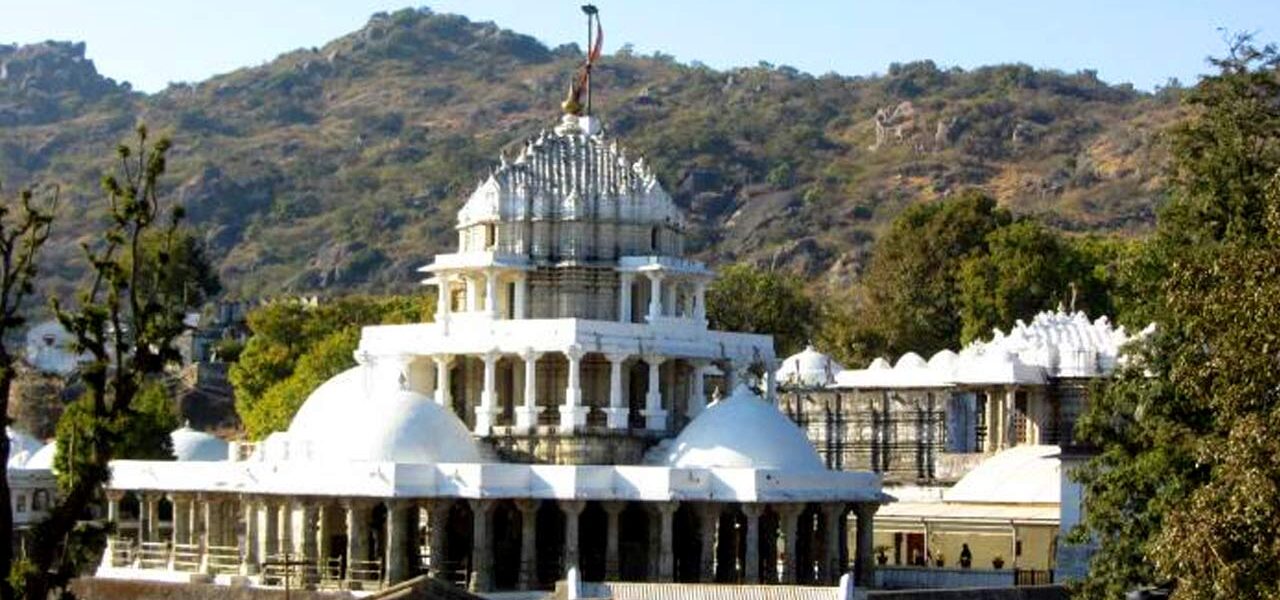Overview
Mount Abu is a hill station in western India’s Rajasthan state, near the Gujarat border. Set on a high rocky plateau in the Aravalli Range and surrounded by forest, it offers a relatively cool climate and views over the arid plains below. In the center of town, Nakki Lake is a popular spot for boating. Close by are the centuries-old Dilwara Temples, ornately carved from white marble and of great spiritual importance.
It lies in the Aravalli Mountain range at the border of Rajasthan and Gujarat and is considered a great spot for pilgrimage, apart from being a major tourist attraction courtesy of its location, natural splendour and amazing places to visit in Mount Abu

Mount Abu has been home to many sages and saints. Most famous of them was Sage Vashishtha who is believed to have created four agnikula Rajput clans from a fire-pit by performing a yagna or fire sacrifice, to protect the earth from the demons.
The Yagna was performed besides a natural spring situated below Abu, emerging from a rock shaped like a cows head and hence the site was called Gaumukh.
Covered in vast stretches of green forests, serene lakes, and effusive waterfalls, this region allows you to revel amidst panoramic vistas, all year round. Other than its scenic beauty, Mount Abu is also popular as a seat of religious importance for Jains.
Places to Visit
Gaumukh Temple: A natural spring flowing through sculpted cows head gives the shrine its name. The famous yagna of sage Vashishtha was performed here. A beautifully sculpted hill temple of Arbuada-the mighty serpent stands against the beautiful backdrop. Nearby is the magnificent marble image of Nandi, the celestial bull rescued by Arbuada.
Dilwara Jain Temple: These beautifully carved temples built between 11th and 13th century A.D. are sheer elegance in marble, dedicated to the jain Tirthankaras. The Vimal Vasahi temple is the oldest of these dedicated to the first Tirthankara. Built in 1031 A.D. (by Vimal Shah-a merchant and representative of then Gujarat ruler), it is a superb example of temple architecture.
Adhar Devi Temple: The temple is chiselled out of a huge rock reached by a flight of 360 stairs, a favourite tourist spot.
Sunset Point: Spectacular sight of the setting sun when the hills are covered in the golden glow can be viewed from here.
Honeymoon Point: Also known as Andra Point, it offers an enchanting view of the verdant plains and valleys. The place looks most beautiful during the dusk hours.
Gardens and Parks: Beautifully laid parks and gardens are interspersed throughout the hilly paradise. Ashok Vatika,Gandhi park, Municipal Park,Shaitan Singh Park and Terrace Garden are some of the noteworthy gardens.
Museum and Art Gallery: Located at the Raj Bhawan, it was a collection of archaeological excavations dating back to 8th-12th century A.D. It also has Jain bronze carvings,brassworks etc.
Excursions
Trevors Tank (5 km): Named after the British engineer who constructed it, Trevors Tank is a delight for birdwatchers with densely wooded hills that are a haven to pigeons, peacocks and partridges.
Achalgarh (8 km): An impressive fort with some beautiful jain temples enclosed within. Among the noteworthy temples are Achaleswar Mahadev Temple (1412 A.D.) and Kantinath Jain Temple (1513 A.D.). The latter has gold plated image. Mandakini Kund and a sculpture of Parmar Dharavarsh are situated close to the Achaleswar Mahadev Temple. The Fort was built in the 14th century A.D. by Rana Kumbha and is approachable by a motorable road.
Guru Shikhar (15 km): The highest peak on the mount (1722 mts. above the sea level) allows a bird’s eye view of the sylvan surroundings of Mt. Abu. A small Shaivite shrine and a temple of Dattatreya standing on the shikhar are worth a visit.
















